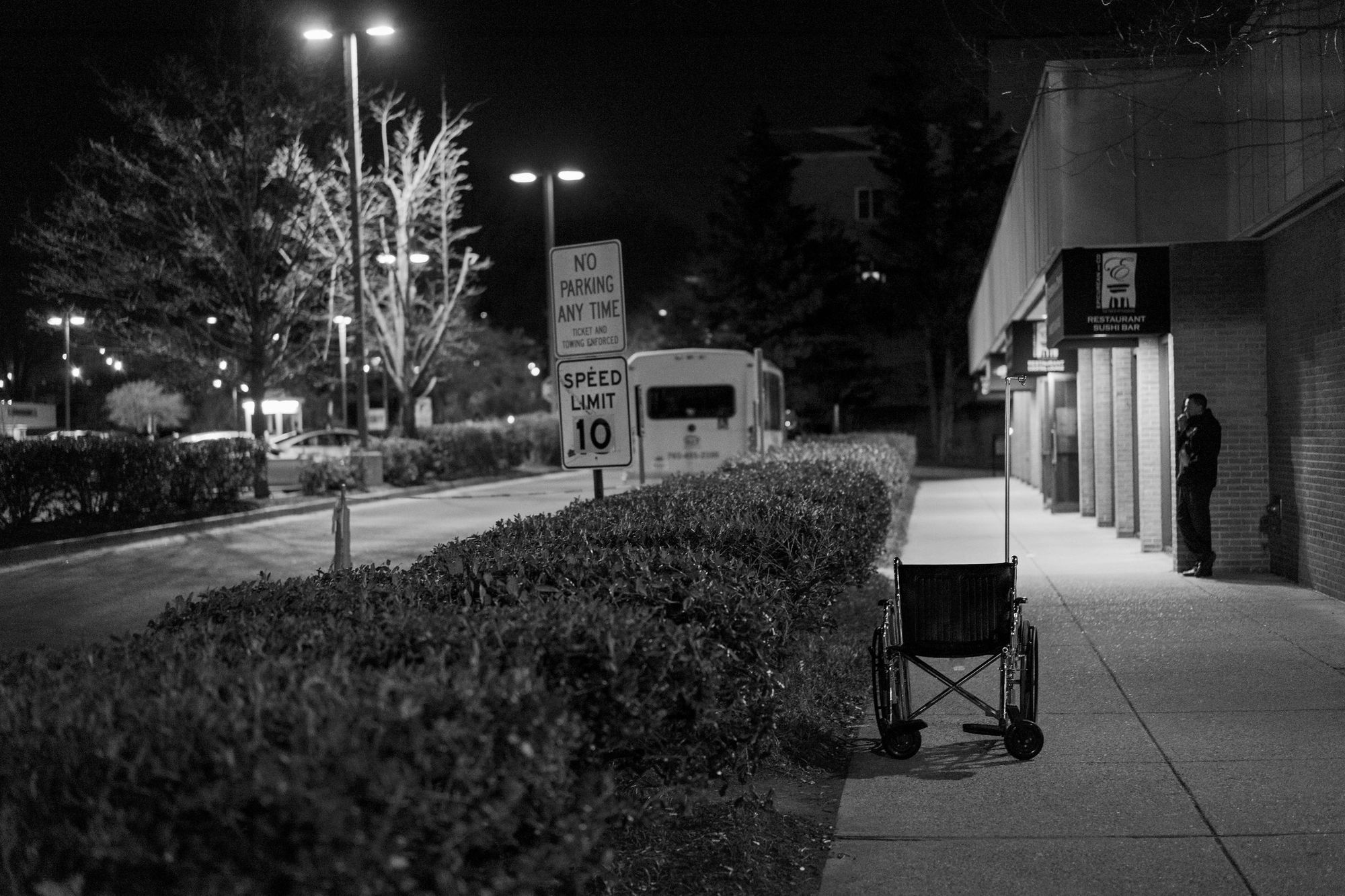Canada’s long-term care homes are where we send our elderly to die in misery.
The pandemic has made this much worse. In the pandemic’s first two waves, 69 per cent of COVID-19 deaths throughout Canada happened in long-term care homes (LTC). We have the worst record of LTC deaths among “wealthy countries” internationally, with a global average of 41 per cent.
For a country that makes public health care such a cornerstone of its national identity, we sure seem happy to discard the most vulnerable.
A new report by the Canadian Institute for Health Information (CIHI) breaks down the numerous failures in the handling of the pandemic’s first and second waves.
There are some pretty stark findings.
- LTC and retirement homes were “disproportionately affected” by the pandemic, and things didn’t improve for the second wave.
- “The second wave of COVID-19 in Canada was bigger and broader than the first wave, reaching more parts of the country, and resulting in a larger number of outbreaks, infections and deaths in LTC and retirement homes.”
- Residents received less medical care during the first wave than normal. Fewer doctor visits, fewer transfers to hospitals for treatment of chronic conditions and infections, and increased rates of depression.
- Overall deaths from non-COVID causes were higher than typical in LTCs across the country during the first wave, even in provinces with smaller COVID-19 infection rates.
This report and various inquiries across the country have come to more or less the same conclusions: there aren’t enough LTC staff; infection control and prevention practices are lacking; current levels of inspection and enforcement from governments is inadequate; LTC buildings are too crowded.
But for all its detailed breakdown of the data, the one thing the CIHI report doesn’t touch on is profit.
When you take even a cursory look at the available data, there’s a clear through line that jumps out. Of the more than 16,800 COVID-19 deaths in LTCs, more than 38 per cent have taken place in for-profit homes, according to figures compiled by Passage columnist Nora Loreto. By comparison, 27 per cent of LTC COVID deaths have happened in public homes. (About 12 per cent of deaths have happened at homes with unknown ownership status, with the remaining deaths happening in private LTC homes that are non-profit or not subsidized, or where their structure isn’t known.)
CIHI singles out both Ontario and Quebec as the provinces where long-term care was left particularly vulnerable. During the first wave, 34 per cent of LTC homes in Ontario, and 44 per cent in Quebec, had outbreaks.
In January, I found that fewer than 14 per cent of Quebec’s LTC homes are for-profit, yet 25 per cent of deaths at that point happened in for-profit homes. In Ontario, that ratio was 57 per cent of for-profit homes accounting for 67 per cent of deaths.
Things aren’t going to get magically better. Now private equity firms — the vampire investors that have killed everything from Sears to your local newspaper — are starting to invest heavily in Canadian long-term care homes.
Private equity firms are notorious for stripping organizations to the absolute bone to squeeze as much profit out of them as possible. We shouldn’t allow these people to invest in taking care of the elderly.
How much worse could it get outside of pandemic? I’ll let the Toronto Star explain: “One recent U.S. study found that private equity ownership increased short-term mortality in nursing homes by 10 per cent, leading to the loss of approximately 21,000 lives and 205,000 life years over a 17-year sample period.”
So, for the politicians that hem and haw over solutions, there’s a clear one sitting right in front of us: Take the ability for people to profit off the table.
Caring for the elderly is health care. As a society, we rightly bristle when it’s suggested we bring in private care elsewhere in the system. But when it comes to the old, there’s little outcry. They’re being thrown to the wolves of capital.
In last year’s throne speech, the federal government promised to produce some kind of national standards, but haven’t bothered to do so. But even if they do follow through — unlikely, these are Liberals we’re talking about — national standards don’t go nearly far enough.
There are plenty of provincial standards already in place. Despite this, in Ontario, the government barely conducted any inspections, and levelled few fines or warnings. And as for the inspections they are doing, they’ve found that violations have been rampant in a time where safety should be especially prioritized.
If provinces will not do the necessary work of inspecting homes during a generational health crisis, when intervention could have an immediate effect to save lives, why would we expect them to do it when things have improved?
Nothing short of eliminating for-profit care homes will solve this problem.






